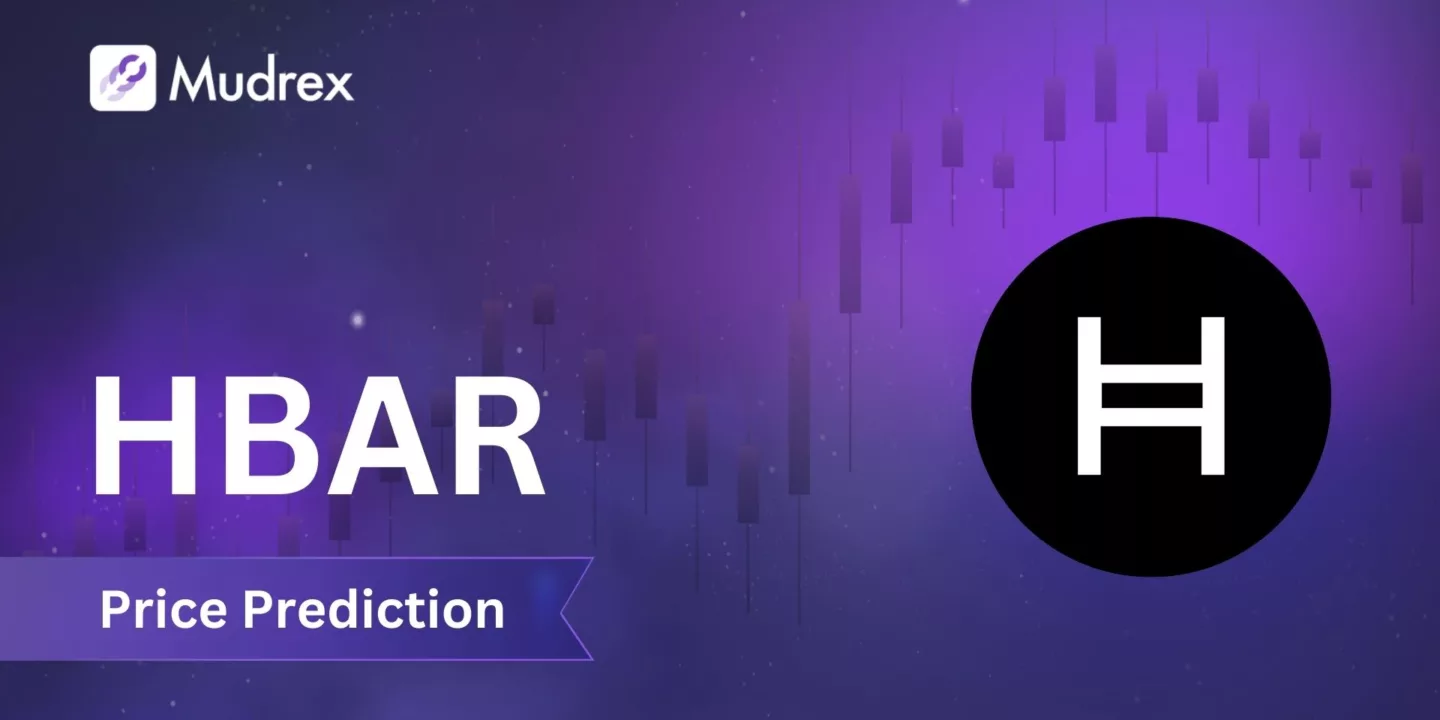
As of January 17, 2025, Hedera (HBAR) is priced at approximately $0.3730 (around ₹32.03). The cryptocurrency market is currently experiencing significant excitement surrounding an impending alt season, increased adoption, and overall crypto hype. This article provides a comprehensive price prediction for HBAR from 2025 to 2030, incorporating recent developments, market trends, and expert forecasts.
Hedera is a decentralized public network that enables users to create and manage decentralized applications (dApps) with high throughput and low transaction costs. HBAR serves as the native cryptocurrency of the Hedera network, facilitating transactions and securing the network through its unique consensus mechanism. Recent developments, including the potential impact of political changes such as Donald Trump’s anticipated comeback in the presidential race, may influence market sentiment and investor behavior regarding cryptocurrencies like HBAR.
The tokenomics of HBAR emphasizes utility within the Hedera ecosystem, with a significant portion allocated for staking rewards and network security.
The cryptocurrency market is witnessing a resurgence in altcoins driven by positive sentiment surrounding DeFi technologies and innovative blockchain applications. The excitement surrounding an upcoming “alt season” is contributing to increased interest in projects like Hedera. Additionally, the potential implications of political events, such as Trump’s return to the presidential chair, could affect regulatory attitudes toward cryptocurrencies, potentially benefiting HBAR.

As of January 17, 2025, HBAR is priced at approximately $0.3730. The ongoing bullish trend in the cryptocurrency market creates a favorable environment for growth. Key resistance levels to monitor include $0.40 and $0.50, with strong support around $0.30. A confirmed breakout above these resistance levels could propel HBAR toward new highs.
Hedera has recently announced strategic partnerships aimed at enhancing its ecosystem and expanding its reach within the blockchain space. The project plans to integrate HBAR with various decentralized applications (dApps) and services throughout 2025. Additionally, the community-centric approach includes rewards for active participants, fostering user engagement.
The political landscape can significantly influence market sentiment in the cryptocurrency space. Should Donald Trump successfully return to the presidential chair, it may lead to a more favorable regulatory environment for cryptocurrencies. This could boost investor confidence and drive demand for assets like HBAR, potentially impacting its price positively.
The current market sentiment is highly optimistic regarding altcoins as discussions about an upcoming “alt season” gain traction. This sentiment is driven by increasing adoption of blockchain technologies, growing interest from institutional investors, and favorable regulatory developments that support cryptocurrency usage. These dynamics are likely to benefit Hedera as it attracts investors looking for innovative digital assets.
| Aspect | Details | Evaluation |
|---|---|---|
| Founders | Experienced team in blockchain technology | Strong background in decentralized solutions |
| Tokenomics | Total supply of 50 billion HBAR | Utility-focused allocation supports growth |
| Circulating Supply | Approximately 38.26 billion | Significant portion already in circulation |
| Whitepaper | Focused on creating a scalable platform for dApps | Unique approach within the crypto space |
| Team | Diverse backgrounds in technology and finance | High credibility in the industry |
| Project Use Case | Bridging multiple sectors with blockchain technology | Competing effectively in the crypto ecosystem |
| Funding | Funded through initial coin offerings (ICO) | Transparent financial structure |
| Roadmap | Expanding features, partnerships, and integrations | Strong development pipeline |
| Volume & Liquidity | Active trading with growing liquidity | Reflects increasing market interest |
Hedera (HBAR) represents a compelling opportunity within the cryptocurrency space due to its innovative approach to integrating decentralized applications with blockchain technology and strong fundamentals backed by an experienced team. The current bullish sentiment surrounding altcoins enhances its potential for growth through 2030, especially as it continues to develop features that meet market demands effectively.
Investors should closely monitor Hedera’s evolving ecosystem, partnerships, technological advancements, and overall market trends as key indicators of its future performance in the rapidly changing cryptocurrency landscape.
With an extended “alt season” on the horizon and potential political changes influencing market dynamics, this could be the perfect time for investors to explore emerging projects like Hedera that operate at the intersection of innovative technology—holding significant potential for returns in the years ahead.